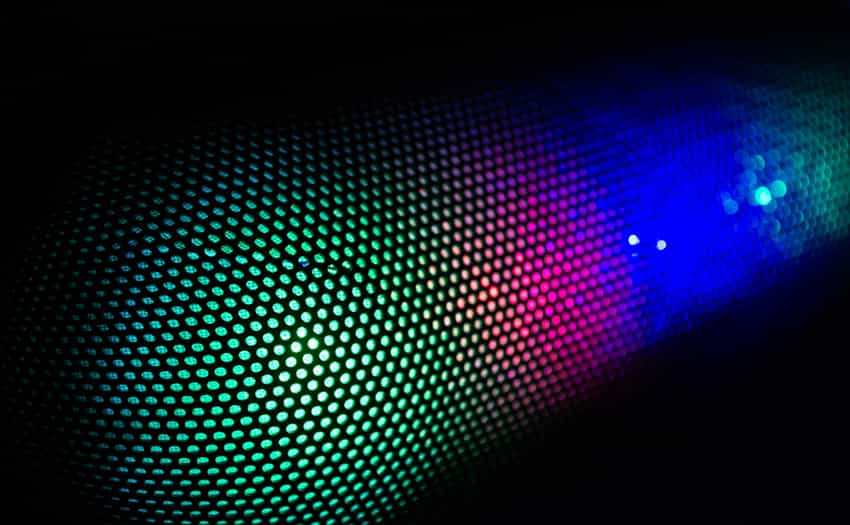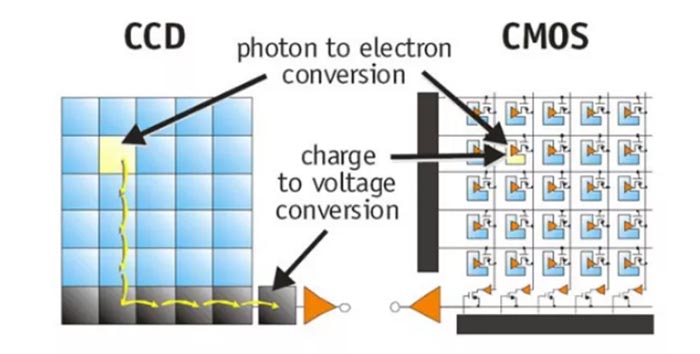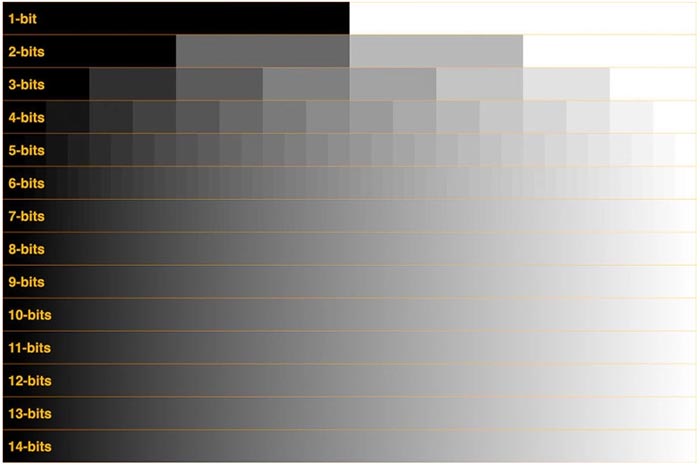Sensor 101

Sensor 101
CCD&CMOS
The basic idea of CCD (Charge Couple Device) and CMOS (complementary metal-oxide-semiconductor) is the same: photoelectric effect. The principle and structure of the photoelectric conversion part of CCD and CMOS are almost the same. However, the essential difference between the two is that their readout methods.
Through multiple charge transfers, the CCD finally converts the charge into a voltage signal at the output. The CMOS readout is not based on a series of charge transfers, the charge can be directly converted into a voltage, and the voltage of each can be connected to the AD converter to realize digital conversion. Because of that difference, CMOS is inherently superior to CCD in some aspects.

First of all, CMOS is easy to achieve a higher readout speed, which brings a high frame rate. The high frame rate is obviously very beneficial for planetary photography, in order to counter the seeing and the rotation of large planets.
Also, ultra-low readout noise, which has unique advantages for dim targets especially for image capture with limited exposure time.
Fullwell
The full well capacity of a camera is determined by the sensor it, and the full well capacity of the sensor refers to the number of electrons that a single pixel can hold, so a larger full well can receive more electrons and more photon. Especially under strong light conditions, the high full-well can effectively prevent the image from overexposing
BSI&QE
In practice, the photons that enter the sensor cannot be completely converted. For example, the light will be reflected off the chip surface, or absorbed by semiconductor electrodes. The concept to measure this photoelectric conversion rate is quantum efficiency(QE). In order to improve the QE, there is a way to reverse the sensor during assembly to allow light to enter from the bottom surface of the sensor which can effectively reduce the interference of the components themselves to the light. This is the origin of backside-illuminated (BSI). Under normal circumstances, back-illuminated means high QE, and back-illuminated sensors are also more popular in astrophotography.
Readout Noise&Dark Current
The sensor is essentially a device that converts light signals into electrical signals. But the process is not perfect. There will always be some internal or external conditions that will cause some errors in the conversion process, and this error will become noise on the image. There is more than one source of the noise. One of the most important sources of noise is the dark current. Dark current is generated by the heating of the sensor, regardless of whether it is exposed to light or not, and will accumulate with working time. For an astronomy camera that requires long exposures, dark current control is vital. The existence of dark current is also the core reason why astronomical imaging equipment needs cooling.
AD&Bit
The digital world is 0 and 1. The analog data of the actual scene is recorded in a digital way, that is, the information of the light is turned into a number, and a number represents a specific light. Obviously, the simple 0, 1 cannot fully explain the whole world. Hence the concept of digital depth. 1bit is 0, 1, which expresses absolute black and white. But there is also gray. In order to get it, adding another data to 0, 1 will result in the combination: 00, 01, 10, 11. That is 2bit. By analogy until 14bit, the grayscale basically obtained a perfect transition. So, the impact of bit: how natural of color transition.

Source: https://petapixel.com/2018/09/19/8-12-14-vs-16-bit-depth-what-do-you-really-need/
Gain
The magnification of the light signal is the gain. The higher the magnification, the larger the data, and the brighter the image. Since the full well capacity of the sensor is fixed, If the gain is too large, part of the data that exceeds the upper limit of the full well will be directly displayed as the upper limit itself, which means overexposure. In other words, a large full-well and gain cannot be achieved at the same time, and cameras with large full wells are more flexible in gain control.








